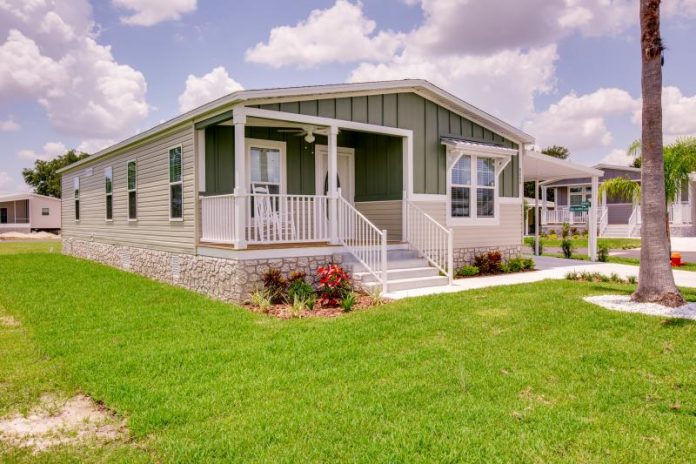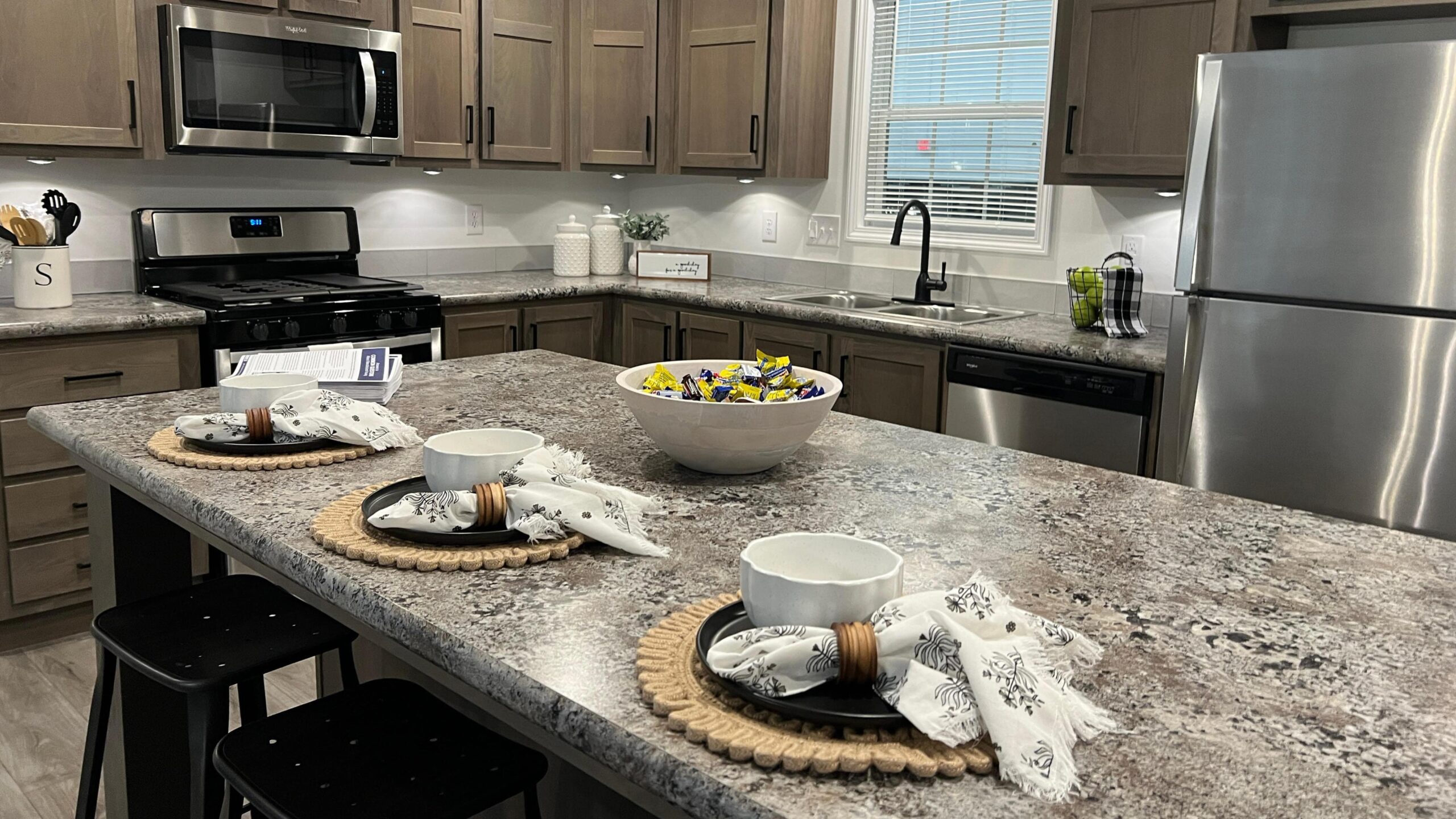Even though mobile homes are generally easier to maintain compared to traditional homes, they still require regular maintenance. No one likes to do it, but the only way to have a safe home is to perform routine maintenance on a regular basis. One of the essential maintenance chores is having your mobile home leveled. Although mobile homes are leveled during installation, they need some adjustment from time to time. What’s great about mobile home leveling is that you can do most things by yourself with just a few tools.
Here are some of the most important things that every mobile home owner should know about mobile home leveling.
What is Mobile Home Leveling?
Leveling is one of the most important stages of mobile home construction. It takes place after the home has been delivered to its site and placed onto the prefabricated foundation. Mobile home leveling ensures that the home’s weight is distributed evenly and that the floors are level across the entire building.
How often should you check the level of your mobile home?
Many mobile home owners aren’t aware that they should check their home leveling regularly. According to professional installers, the first check should be performed 90 days after installation. Regular checks should take place once a year, ideally at the beginning of summer. In addition, it is important to check the level of your home after floods, earthquakes, hurricanes, windstorms, and other extreme weather conditions.
What situations cause leveling to be necessary?
As your house settles into the ground, some problems may start to occur – problems that will become much worse unless you address them on time. New homes and those that have been moved recently are the ones that need leveling the most.
There are numerous reasons why mobile homes become unlevel. For example, underground roots may cause the soil to move. Other environmental factors, such as flooding or earthquakes, can also cause trouble.
These are some of the most common signs that mobile home leveling is necessary:
- The house looks slightly tilted when observed from the outside;
- Doors and windows don’t fit properly or won’t stay shut;
- Cabinet and closet doors are hard to open and close;
- The skirting looks bent;
- Awnings are bent or difficult to use;
- There are cracks in the ceilings, walls or floors.
How much weight will a mobile home floor hold?
Your mobile home floor should be able to hold the weight of an average household item. In case there is water damage, however, any weight could break through the floor boards. Water damage usually occurs under doors, windows, and around bathroom fixtures. Therefore, you should carefully examine your floor boards before placing heavy furnishings on them. If there is a problem with the floor, take your furniture to a storage unit and stack your storage the right way to keep your belongings safe until the problem is fixed.
How to check the level of your mobile home
You can easily check whether your mobile home is level or not. You don’t need professionals for this task but you should not go underneath your home by yourself. In case there is an emergency, you should have someone by your side.
First, disassemble and detach the skirting, then loosen the tie-down straps. To find the current level of your mobile home, place a level in the center of the beam and watch the bubble to check how level it is. Then, check the bubble again after moving the level to the nearest support pier. Keep moving the level toward the end of the main support beam and checking the bubble. Then, take the level back to the center and check the other side of your home. Remember to wear proper work gloves and eyewear!
Affiliate Link Below – MHVillage receives a small commission from the seller for purchases made through this link.
How to level the home yourself
In case some part of your home is not even, it needs to be adjusted. Mobile home leveling is not terribly complicated, but it is very physical, as you’ll be crawling underneath the home. The most important tools to have are a water level and hydraulic bottle jacks.
- To raise your mobile home to a level position, you will need the proper jack. Remember to place a piece of wood under the jack to make it more stable. Start jacking up the house and stop once the bubble is centered.
- There should be some space between the lower beam and its support. That space should be filled in order for the beam to stay raised. You can use a piece of wood or a shim to support the beam. Hammer it into place, then lower the jack. When the level shows that part of the home is even, your job is done.
- After you finish leveling your mobile home, check the whole beam once again to be sure the entire home is even.
- Make sure no water lines were damaged or dislodged while you were leveling.
- Finally, adjust the tie-downs to ensure they are secure before putting the skirting back.
Hiring professionals to level your mobile home
As mentioned, in most cases, you can level your mobile home by yourself – provided that you have the right tools, of course. However, if your mobile home is extremely unlevel or the piers are leaning, it is advisable to hire professionals.
You can contact the dealership that sold you the mobile home and ask them for help. They usually have their own installers or they work with an outside company. Additionally, you can search the internet and ask other mobile home owners for recommendations.
Make sure the company you hire for this job is licensed and insured. Also, remember to ask questions about their experience and qualifications. They should be able to give you the contact information of their previous clients, too.
How much does leveling a mobile home cost?
First of all, you should always get a quote or a written estimate of the cost beforehand. The cost of mobile home leveling depends on several factors, including the location of the home. In large metro areas, having a single wide re-leveled costs around $500. Double wides cost double. In less urban areas, the price is lower, closer to $250-300.
Article written by Sophia Perry














